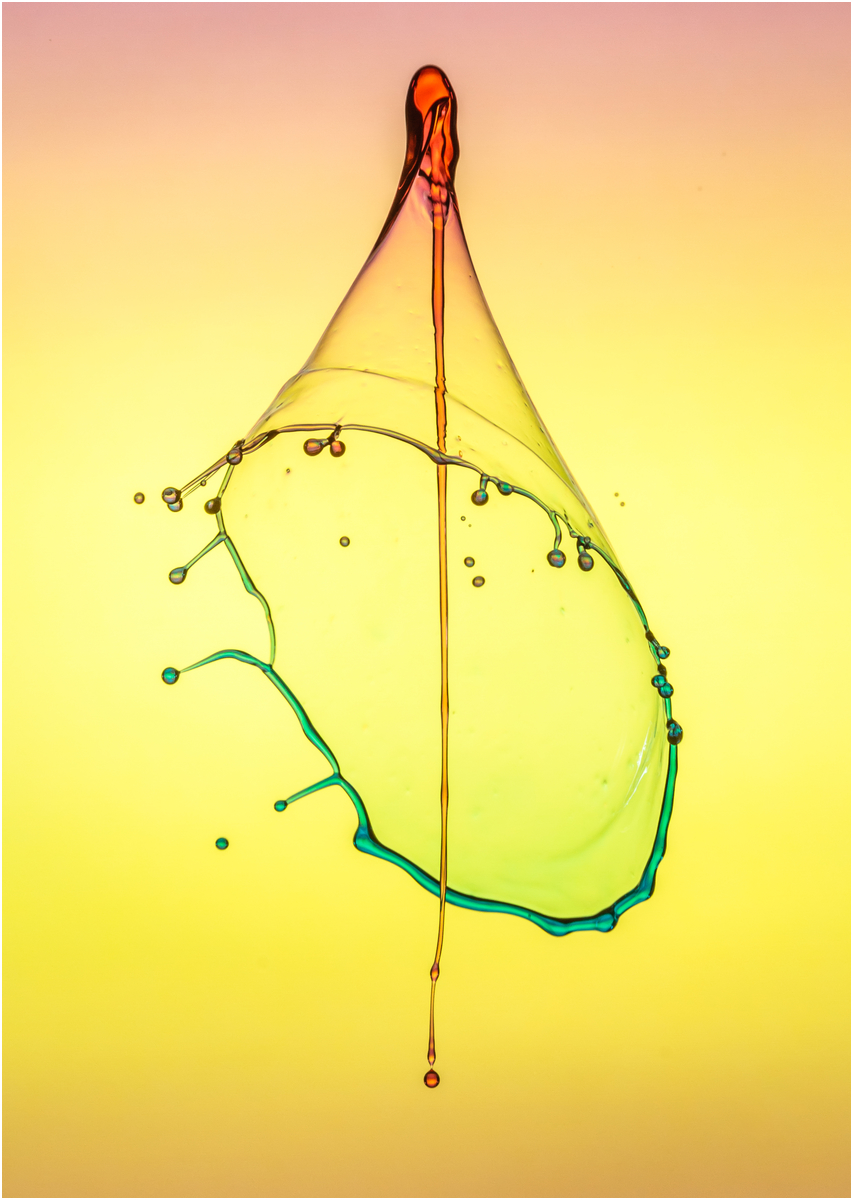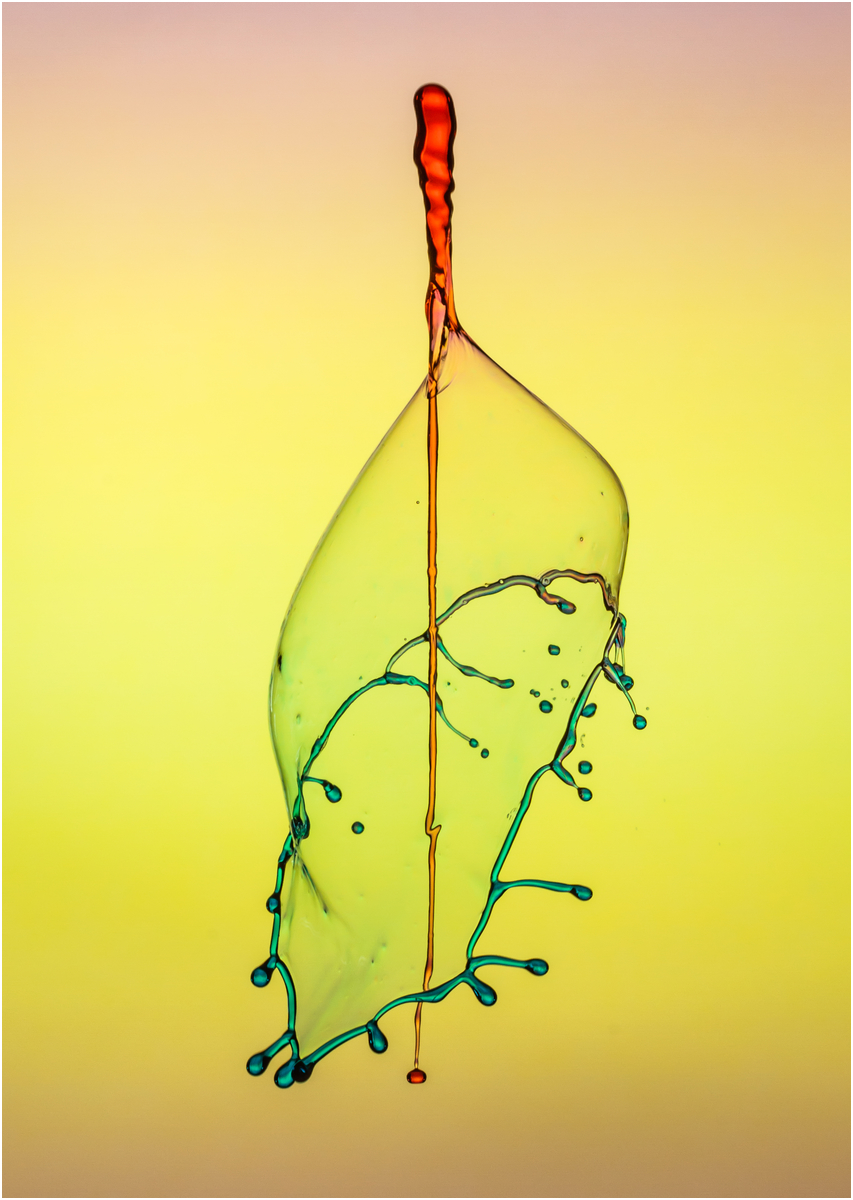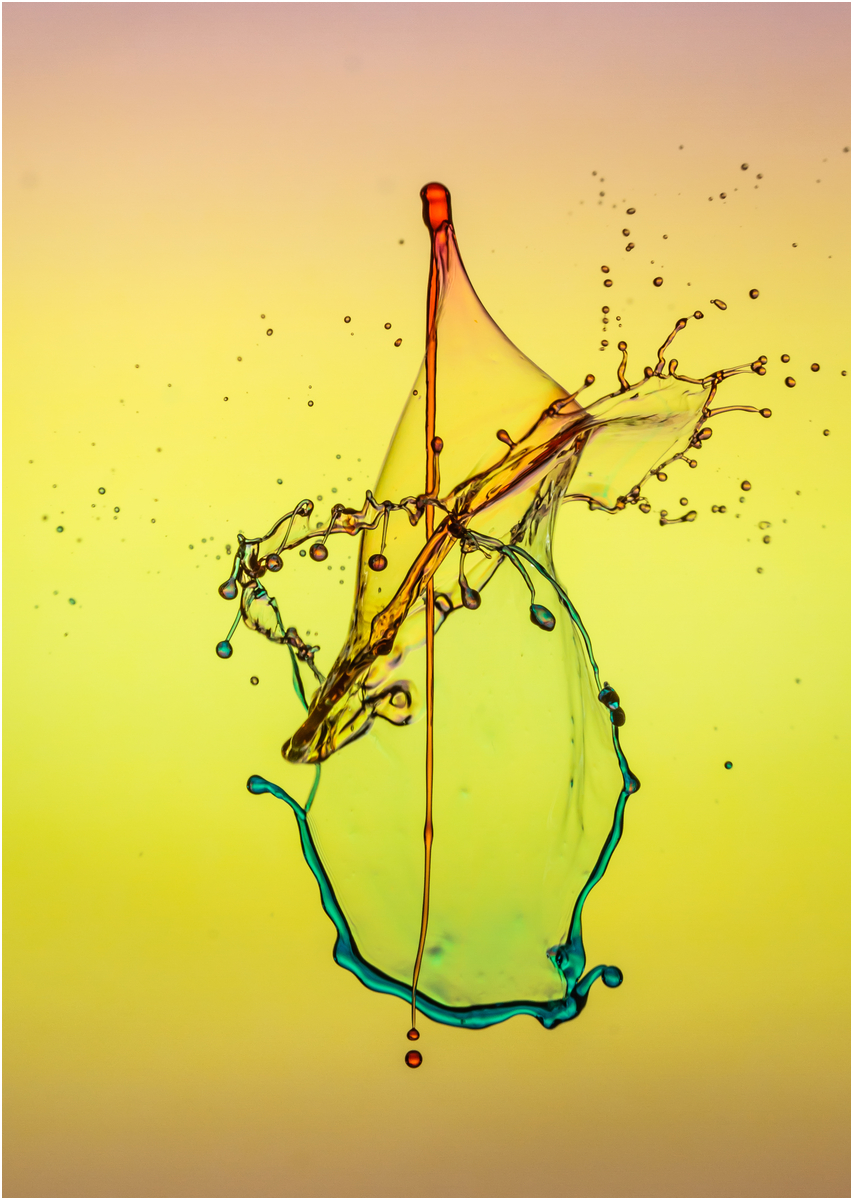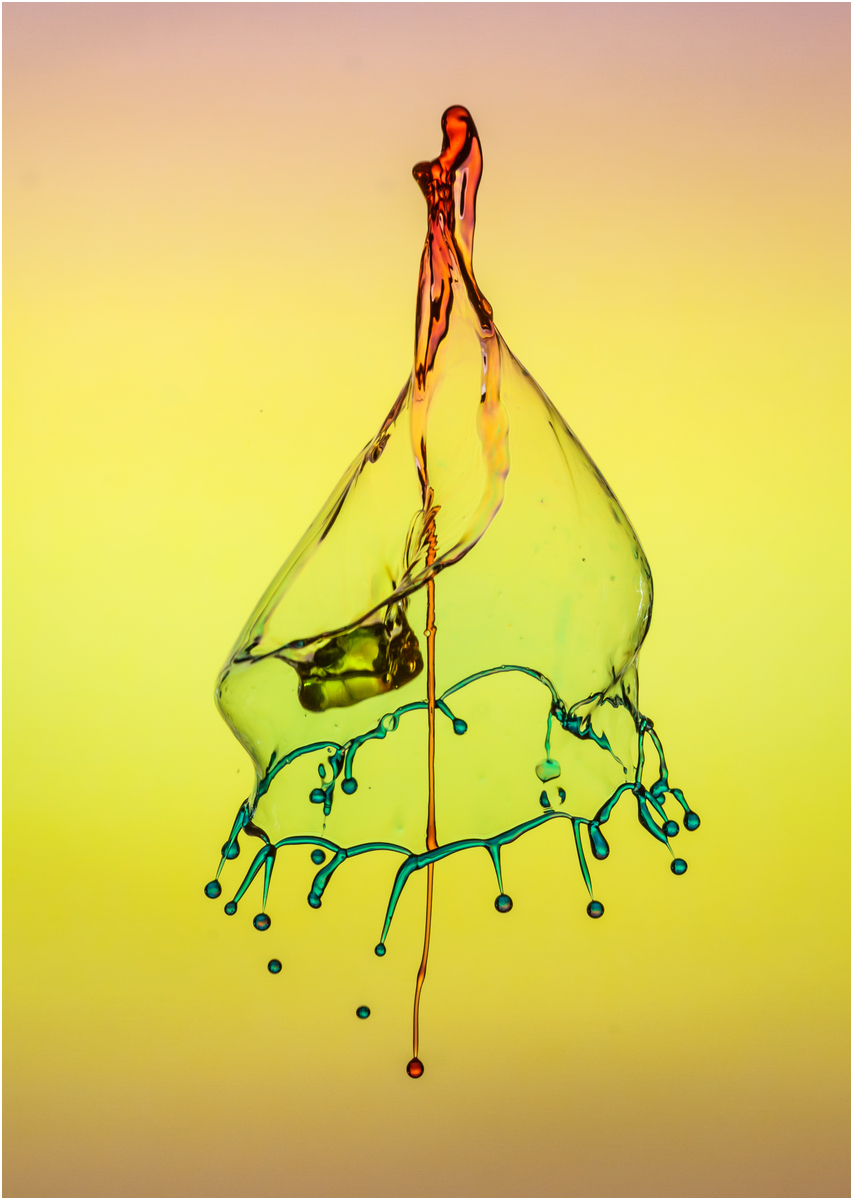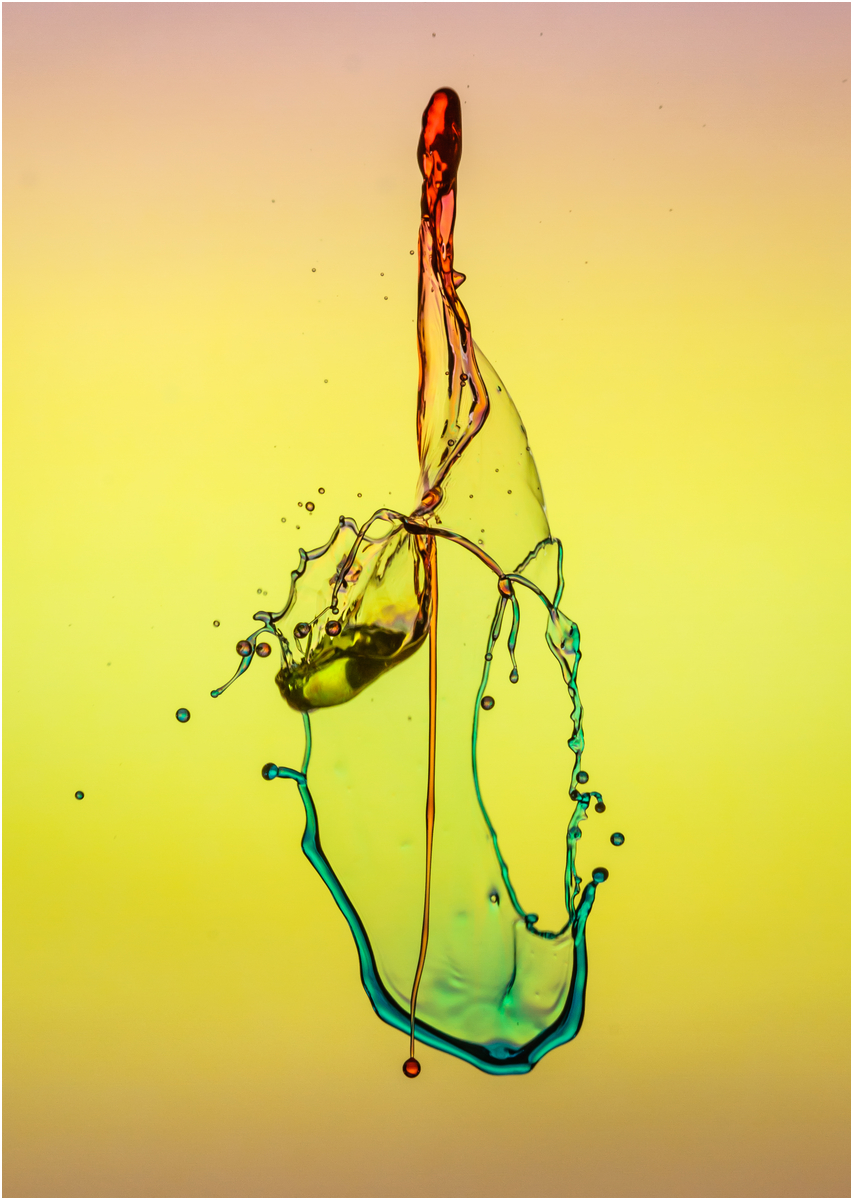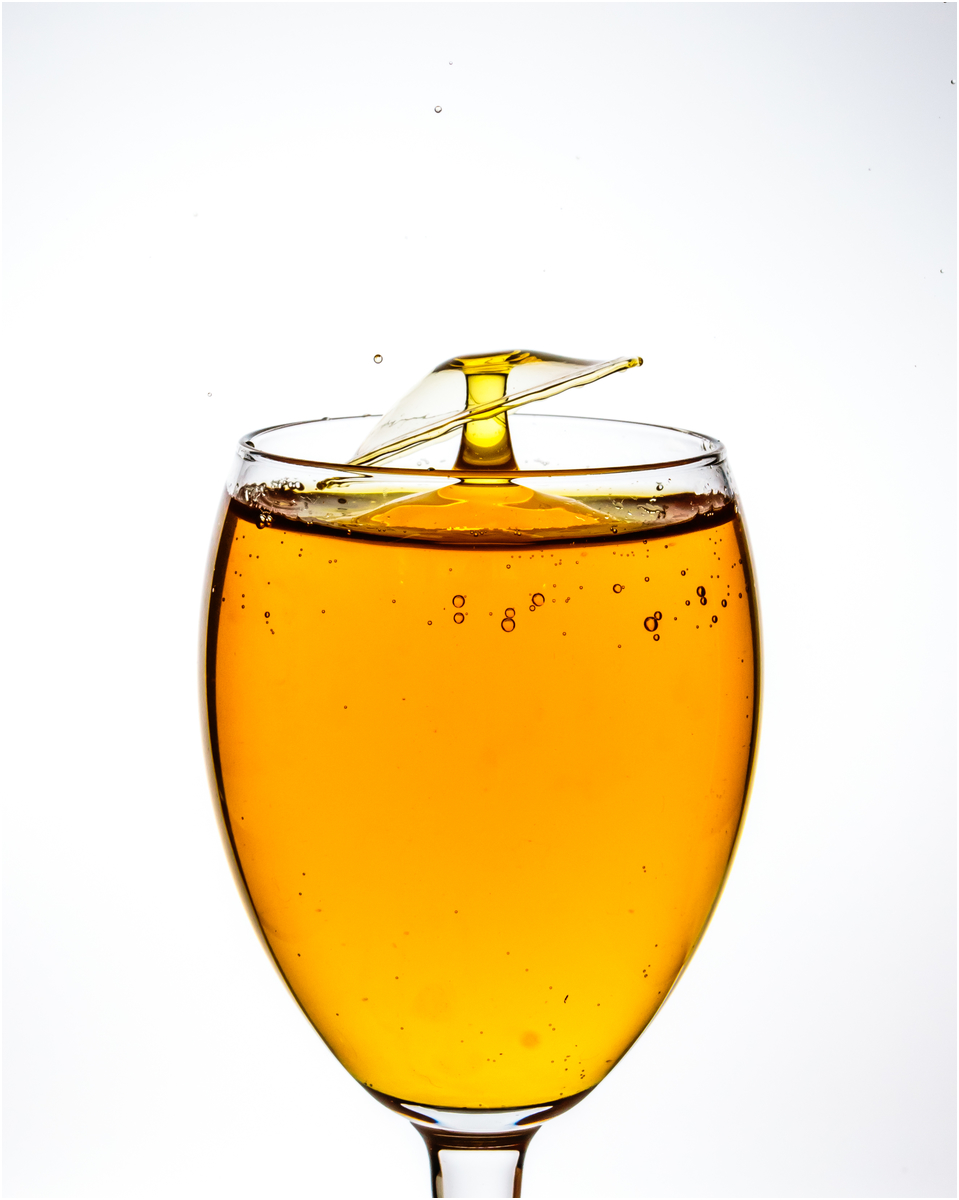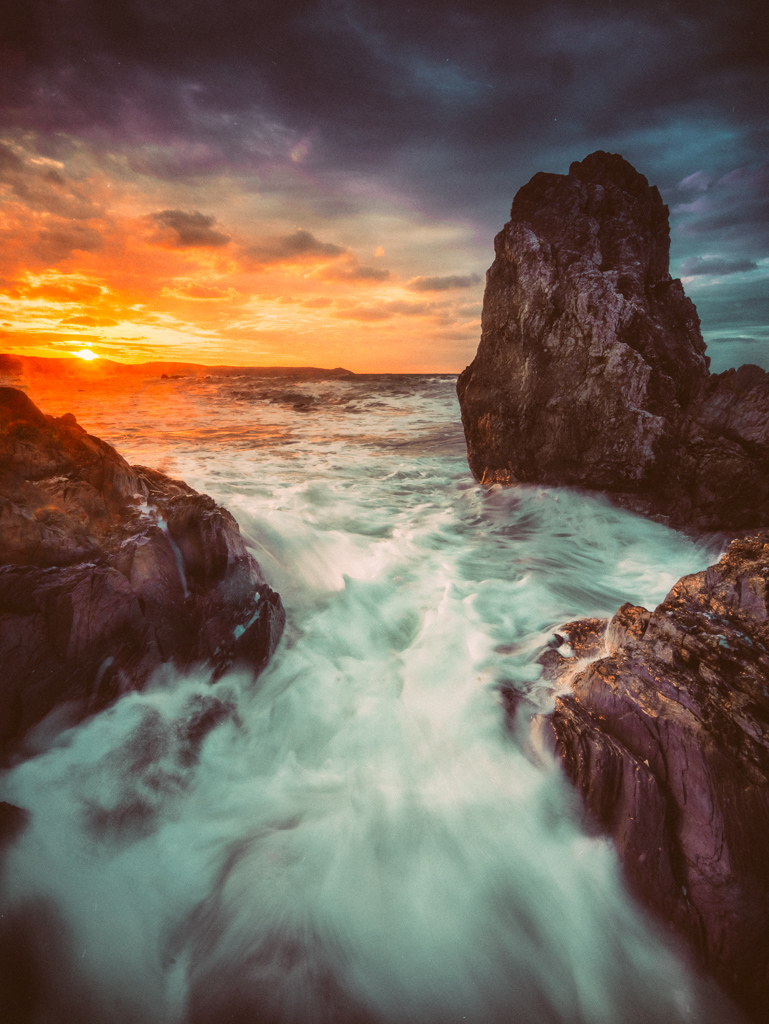On Tuesday we had a real treat for the club, a visit from Hugh Letheren who is shall we say, jsut a little enthusiastic about water-droplet photography!
Not only did he talk us through his own journey and set ups he has used, along with some of the history around this style of photography, he was also brave enough to bring his equipment and perform a live demonstration!
More of Hugh's work can be seen on his website: http://hugh.letheren.org/
Some of the images captured on the evening:
